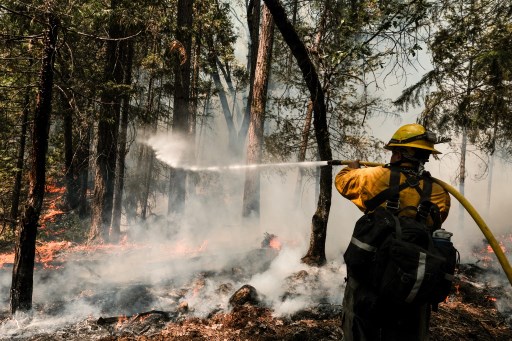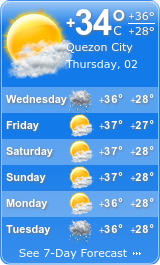
GREENVILLE, United States (AFP) — Before one of California’s worst-ever wildfires hit Greenville, the sky turned dark red like a warning. After the flames tore through the tiny town, all that remained was charred walls, ash and smoke.
The horrific consequence of the Dixie Fire was captured by AFP in a series of before and after photos from the monster blaze that has consumed hundreds of structures and forced thousands to flee.
“I watched in shock as a post office, fire station, bank, museum and countless other businesses were incinerated and reduced to smoldering piles of rubble,” wrote AFP photographer Josh Edelson. “Dead animals lay on roadsides.”
He watched “firefighters make futile attempts to stop 350-foot (105-metre) high flames towering over them – saving a few homes and losing most.”
Edelson, who has extensive experience covering wildfires, was at one point forced to drive through a “corridor of flames” roaring on either side of the road.
“I went into emergency mode and immediately started making mental notes of where my fire shelter was,” he wrote after making it to safety.
As of Sunday, the fire had destroyed 489,287 acres (198,007 hectares), authorities said. It was then covering an area larger than Los Angeles.
Over the weekend, it surpassed the 2018 Mendocino Complex Fire to make it the second-worst fire in state history.
Governor Gavin Newsom visited the charred remains of Greenville on Saturday, expressing his “deep gratitude” to the teams fighting what he termed “climate-induced wildfires.”
Climate change amplifies droughts, creating ideal conditions for wildfires to spread out of control and inflict unprecedented material and environmental damage.
Authorities estimate the fire, which began July 13, will not be fully extinguished for weeks.
Tami Kugler, sitting beside her tent at an evacuation station after fleeing Greenville, told AFP: “It was like driving out of a war zone that you see in a movie.”
“My neighborhood is gone — I mean gone, gone,” she added.
© Agence France-Presse








